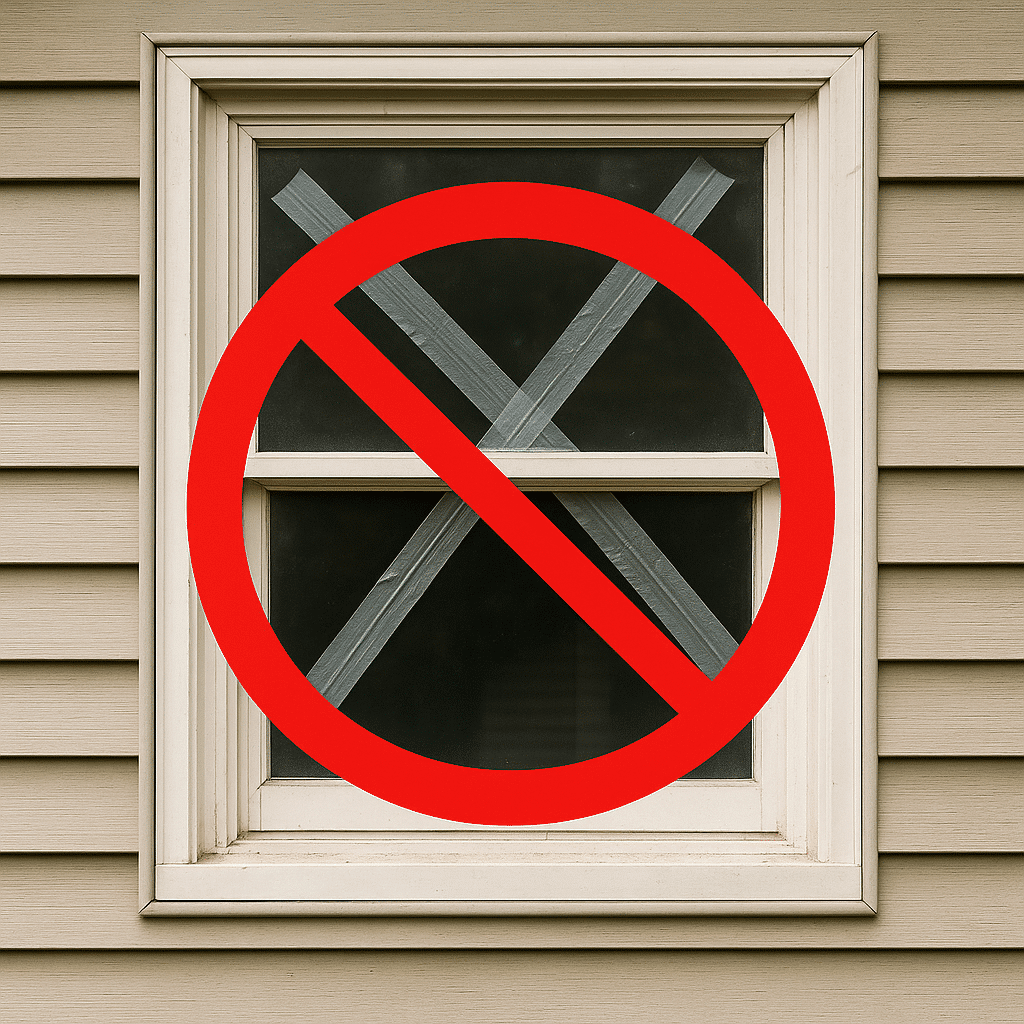
Your roof is a significant investment that demands ongoing care, especially after complete roof replacement. If you’re wondering how to maintain your roof after replacement for longevity, we’ve got you covered.
Understanding Post-Replacement Roof Maintenance
After a replacement roof is installed, keeping up with regular maintenance is a savvy strategy to extend the life of your investment. When you schedule routine inspections and conduct consistent upkeep, you’re essentially giving your roof a wellness check-up.
Proper maintenance can:
- Extend your roof’s lifespan: Regular cleaning and early repairs can prevent minor problems from becoming dangerous issues.
- Boost safety: Minimize the risk of roof leaks or structural damage.
- Save money: Proactive care can significantly reduce the long-term costs associated with neglect or delayed fixes.
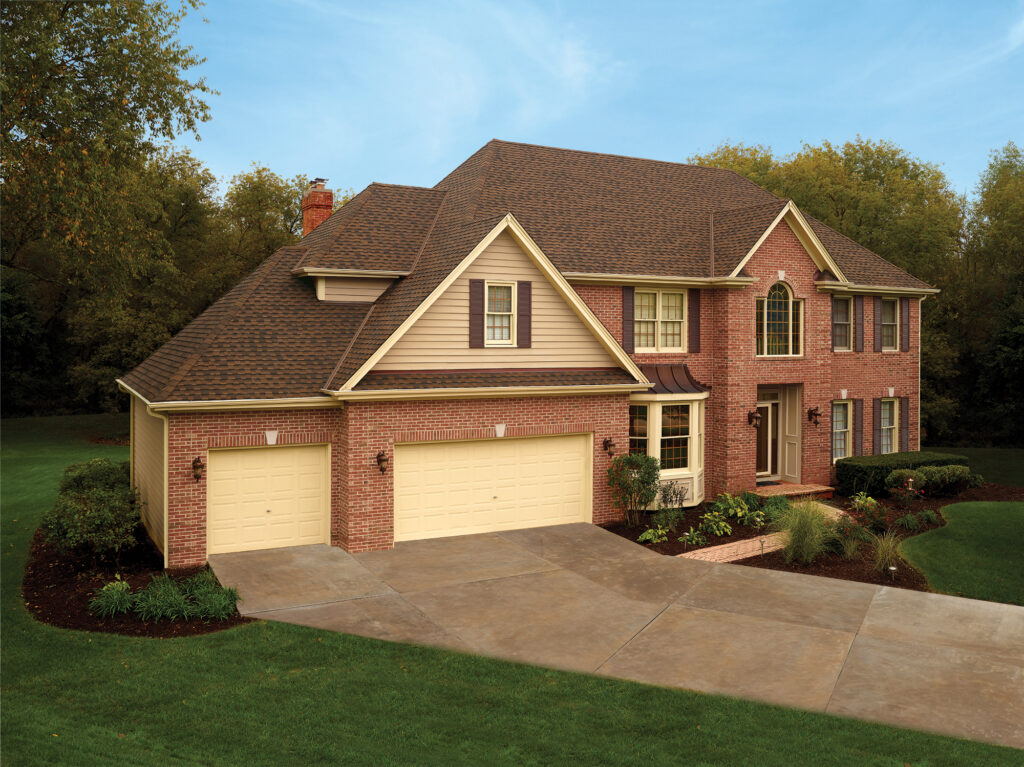
Drawing on years of experience in the home renovation industry — covering windows, doors, and beyond — we break down these strategies in expert yet easy-to-understand language. Curious to learn more? Explore our other blog articles or contact our experts for an individual consultation.
Maintenance Strategies for Different Roof Types
There are ten different types of roof, but in the US, the most common are metal, flat, and shingle roofs. Each roof type demands a distinct approach to care. We’ll take you through maintenance strategies for the most common types:
Metal Roof Maintenance
A metal roofing system is built to last around 40 to 80 years, but even low-maintenance copper roofs need occasional pampering. Keeping these systems in top shape means regularly clearing away debris, checking for rust spots, and tightening separating panel seams. Experts also suggest cleaning the metal panels at least once a year to prevent buildup of grime that could lead to corrosion.
Metal roofs also have a paint system to improve their look, but they can get scratched or scuffed. Have you ever noticed minor scratches on your car that become a bigger issue later? The same goes for metal roof maintenance — a little early attention can prevent costly repairs. Apply a primer and then metal paint to the damaged spots to prevent the problem from growing.
Flat Roof Maintenance
Flat roofs are a modern home design with their own set of quirks. Though this is a durable roof, water doesn’t naturally run off flat surfaces as quickly. So, the most important step of flat roof maintenance is to keep the drainage systems clear. Clogged gutters and debris can lead to pooling water, which may turn into a leak over time.
Also, keep an eye on the membrane seals during your roof inspections — this will help catch any early signs of wear. A quick, routine check can nip any potential issues in the bud before they become major problems.
Shingle Roof Maintenance
Asphalt shingle roofs are the most common type in the US, offering durable protection of your home at an affordable price. But regular roof shingles maintenance is essential to keep it lasting a long time.
Over time, shingles may curl, crack or loosen, particularly after a harsh storm or after hot summers. Regularly inspect your home’s covering to catch any early signs of wear before they escalate. Some preventative roof shingles maintenance goes a long way toward maintaining the fresh look and performance of your home’s covering.
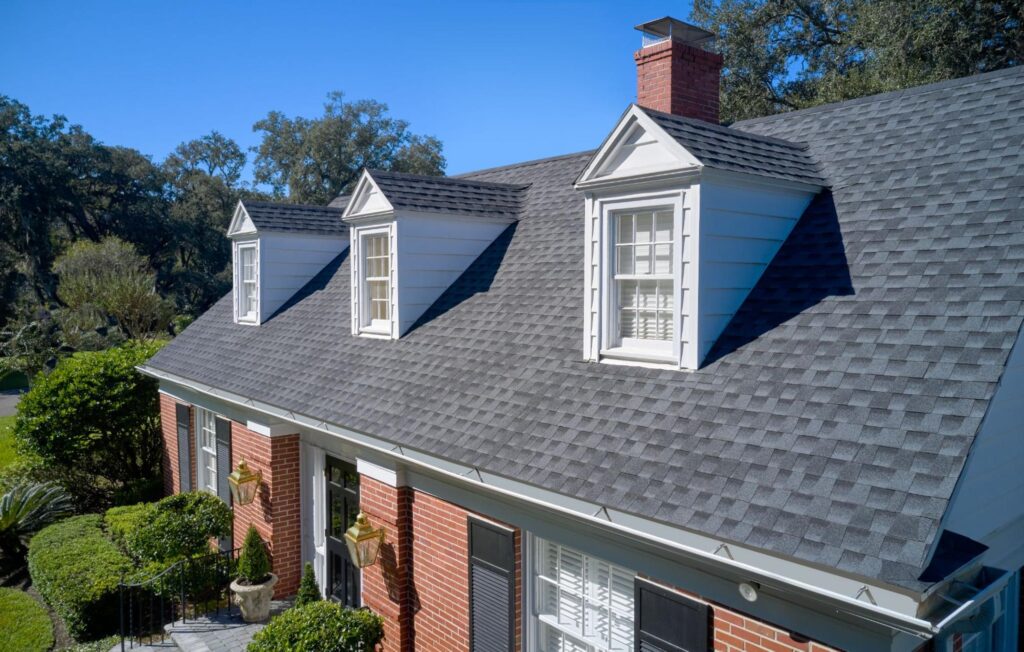
Essential Maintenance Practices
A roof replacement is a significant investment that deserves some thoughtful attention to ensure its longevity, especially in places with a hot and wet climate. A dedicated roof maintenance routine keeps everything looking sharp and prevents minor issues from evolving into costly repairs.
Establishing a Regular Roof Inspection Schedule
A regular maintenance schedule will help you catch a sneaky problem before it turns into a major headache. Start by setting aside time twice a year for dedicated maintenance, once in the spring to brush off winter’s residue and once in the fall to remove any debris accumulation and prepare for the colder weather.
After heavy rain, hail, or strong winds, a quick survey can catch any emerging issues before they become major. These simple, regular check-ups are the backbone of effective maintenance and are key to boosting roof longevity.
Seasonal Maintenance Tips
Staying ahead of Florida’s ever-changing weather is key to keeping your home in top shape after a roof replacement. From intense sun, heavy rain, high humidity, and the occasional hurricane, roof care requires extra attention to UV protection, moisture control, storm preparedness, and proper drainage. Let’s look at each season’s essential maintenance:.
- Spring: A thorough spring cleaning helps prevent roof leaks and water from pooling. Clear away any lingering debris and check your gutters for blockages. Before summer, make sure to trim branches away from your home to avoid scratches or pests like termites.
- Summer: An important season for roof shingles maintenance; keep an eye out for signs of sun damage like fading or cracking. You’ll also want to check that the seals are tight and secure.
- Fall: Secure any loose materials and clean off fallen leaves that might clog your drainage system.
- Winter: Even Florida's mild winter isn’t without surprises — stay alert for unexpected moisture buildup or algae growth. A quick check after a cold snap or storm can also improve your roof longevity.
Surface-Level Maintenance
Taking care of your roof isn’t just big repairs. Small, routine tasks keep everything in check, tackling everyday wear and tear before it turns into bigger issues.
Debris removal is a key part of these routine tasks. When leaves, twigs, and dirt pile up, they trap moisture and speed up roof deterioration. Use a soft-bristle brush or a leaf blower to gently clear away the buildup. For flat and metal roof maintenance, regular sweeping prevents drainage issues. After storms, check for branches or heavy debris that may damage the roof surface.
Another important surface-level roof maintenance is gutter cleaning. Clogged gutters create water backups that can seep under roofing materials and lead to leaks or mold. Clean your gutters at least twice a year, especially after fall and storm season. When you inspect your home, check for sagging or detached sections that could affect water flow.
For metal and flat roof maintenance, a careful, light-pressure wash can be a game changer. It efficiently removes stubborn dirt, algae, and debris from your home’s top surface that might clog your drainage systems or cause premature wear.
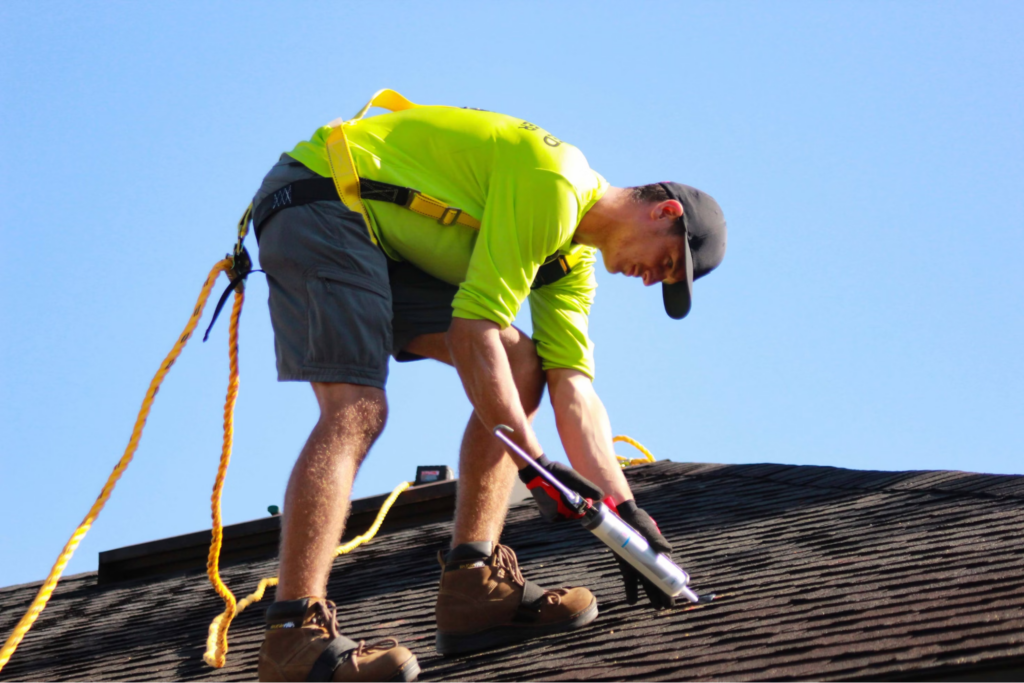
DIY Vs. Professional Maintenance: When to Call the Pros
There’s a delicate balance between rolling up your sleeves and contacting a dedicated professional roofing contractor. Some tasks are perfect for do-it-yourself enthusiasts, but if your roof inspection reveals anything more complicated, it's best to call the pros.
Here are some times when you should leave the work to the experts:
- After a major roof replacement: If things aren’t settling right or you spot unusual shifts, let the professionals verify that everything is secure.
- Post-storm issues: In the wake of heavy winds and rain, professional inspections can pinpoint damage you might miss.
- Persistent leaks or water pooling: When DIY efforts don’t stop leaks in your attic space or clear water buildup, professionals have the tools and expertise to diagnose and fix the root issues.
- Structural damage or missing components: If parts look compromised or are missing, a professional touch is needed to maintain your roof effectively.
- Complex or hard-to-reach areas: For those tricky spots where your tools don’t cut it, call in the experts for your safety and lasting roof longevity.
Tools and Products for Effective Roof Care
Only with the right tools can you safely effectively maintain your roof and maximize its lifespan. Here are some of the most important cleaning tools and maintenance products:
- Soft-bristle brushes: Perfect for gently scrubbing surfaces without abrading.
- Sturdy ladders or scaffolding: Essential for safe access to high spots.
- Debris rakes and leaf blowers: Help keep gutters clear so water can flow freely and surfaces free of clutter.
- Roofing hammer: Specialized hammer that’s designed with both a square and pointed end to drive and remove nails with ease.
- Roofing nails and replacement shingles: For proper roof shingles maintenance, keep a stash of high-quality nails and extra shingles for unexpected touch-ups. Ask your roof replacement team if they have any leftover materials from the job.
- Safety gear: Use non-slip shoes, gloves, a hard hat, and a harness to keep you secure on sloping surfaces.
Protective Coatings
Protective coatings shield your roof against UV rays, extreme temperatures, and heavy weather. They also contribute significantly to your home’s durability and energy efficiency.
How do protective coatings do this? They create a reflective barrier that deflects sunlight and heat, preventing premature aging. On top of this, they act as a layer of insulation that can keep your energy costs low and adapt to the natural expansion and contraction of your home’s top structure.
Over time, even the best coatings can start to break down from exposure to the elements, especially in places that experience major weather events like hurricanes. When you’re conducting a roof inspection, look out for cracks, peeling, granule loss from singles, or leaks. These can be signs that you need a new layer of protective coating.
Sealants
Sealants are your home’s watertight glue, filling any tiny cracks and gaps that might otherwise allow water to seep in. These products are critical in preventing leaks and keeping moisture away from your roofing structure.
Like protective coatings, sealants can degrade due to UV exposure, temperature fluctuations, and moisture. Check around vent pipes, intake vents, skylights, or other penetrations every year. You may need to replace or reapply them to maintain your roof.
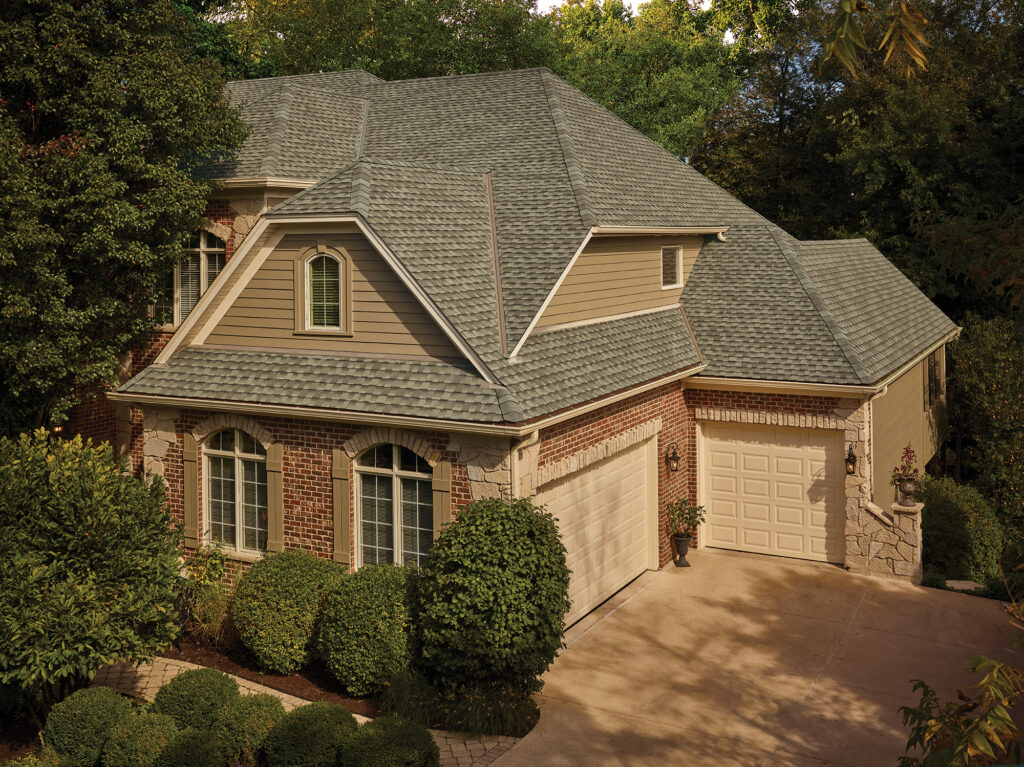
Common Maintenance Mistakes to Avoid
Ever wonder why homeowners find themselves stuck with expensive repairs? It often boils down to a few common missteps that may lead to voiding your roof warranty or damaging their structure. Let’s break down some pitfalls to avoid:
- Skipping regular maintenance: Waiting too long between check-ups can turn a minor flaw into a major headache.
- Ignoring small repairs: That tiny crack or loose shingle might seem trivial, but neglecting it can result in a serious leak later.
- Using the wrong cleaning methods: Overzealous pressure washing or abrasive tools like wire brushes may strip protective granules or damage delicate surfaces. Sometimes, a gentle touch is the best approach.
- Neglecting gutter maintenance: Clogged gutters can cause water to back up and seep under your roofing materials.
- Overlooking post-storm inspections: Even if there are no obvious signs of damage, a quick roof inspection after heavy rain can reveal hard-to-see issues.
Conclusion
Your roof is your home’s first defense against the elements, so investing in thoughtful post-replacement care pays off in the long run. By tailoring your routine to the unique needs of metal, flat, or shingle roofs and avoiding common pitfalls, you can properly maintain your roof to extend its lifespan and prevent costly repairs.
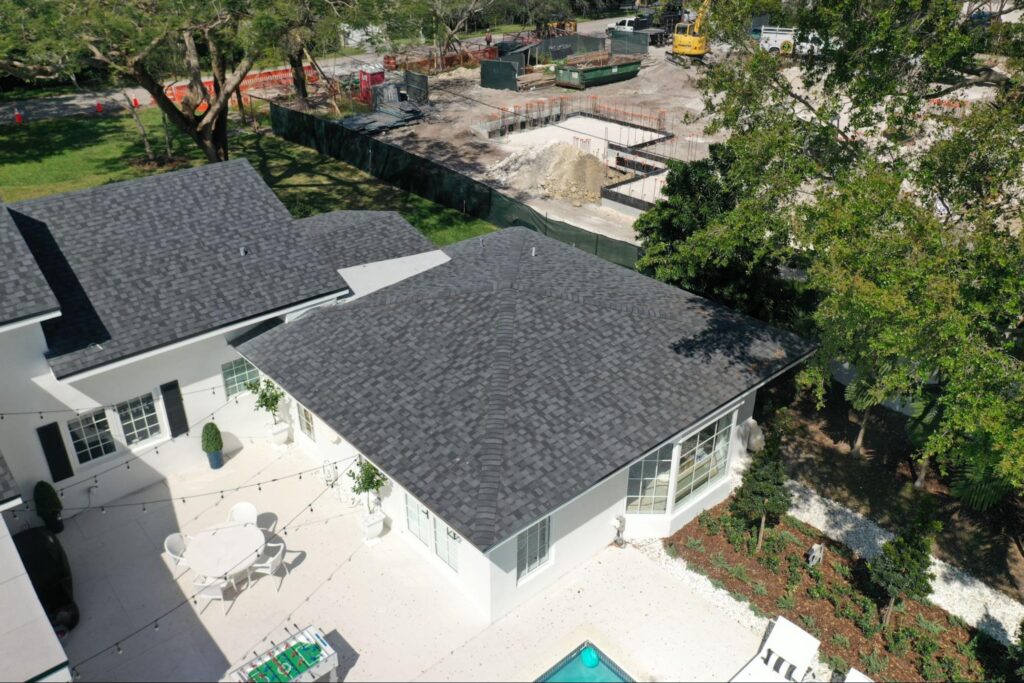
Frequently Asked Questions
How Do I Take Care of a New Roof?
Regular inspections, gentle cleaning, and prompt repairs are essential. You may also need to reapply protective coatings when needed, and stay ahead of weather wear to maximize your roof longevity.
How Long Is the Life Expectancy of a New Roof?
Depending on the material, a new roof typically lasts 20 to 30 years. With proper metal roof maintenance, aluminum, copper, or other metal roofs can last between 40 to 70 years. Shingle and flat structures usually have shorter lifespans, between 20 to 30 years.
How Do You Extend the Lifespan of Your Roof?
You can extend its life by scheduling routine inspections, addressing minor repairs quickly, and applying protective coatings and sealants. Other ways to ensure roof longevity include keeping your gutters clean, keeping up with seasonal maintenance, and cleaning any growth or debris.
How Often Should I Inspect My Roof After a Replacement?
To properly maintain your roof, you should do an inspection at least twice a year. once in spring to clear winter debris and once in the fall to catch early wear signs. But in a state like Florida, it’s good practice to do a check after any major storm to see if there’s any noticeable damage.
What Signs Indicate That My Roof Needs Repair or Further Maintenance?
Watch for loose, curling, or missing shingles, water stains, or sagging spots. Also, listen for unusual creaking in high winds — these signals mean it’s time for repairs or further maintenance.
70% off Installation
18 months no interest no payments



